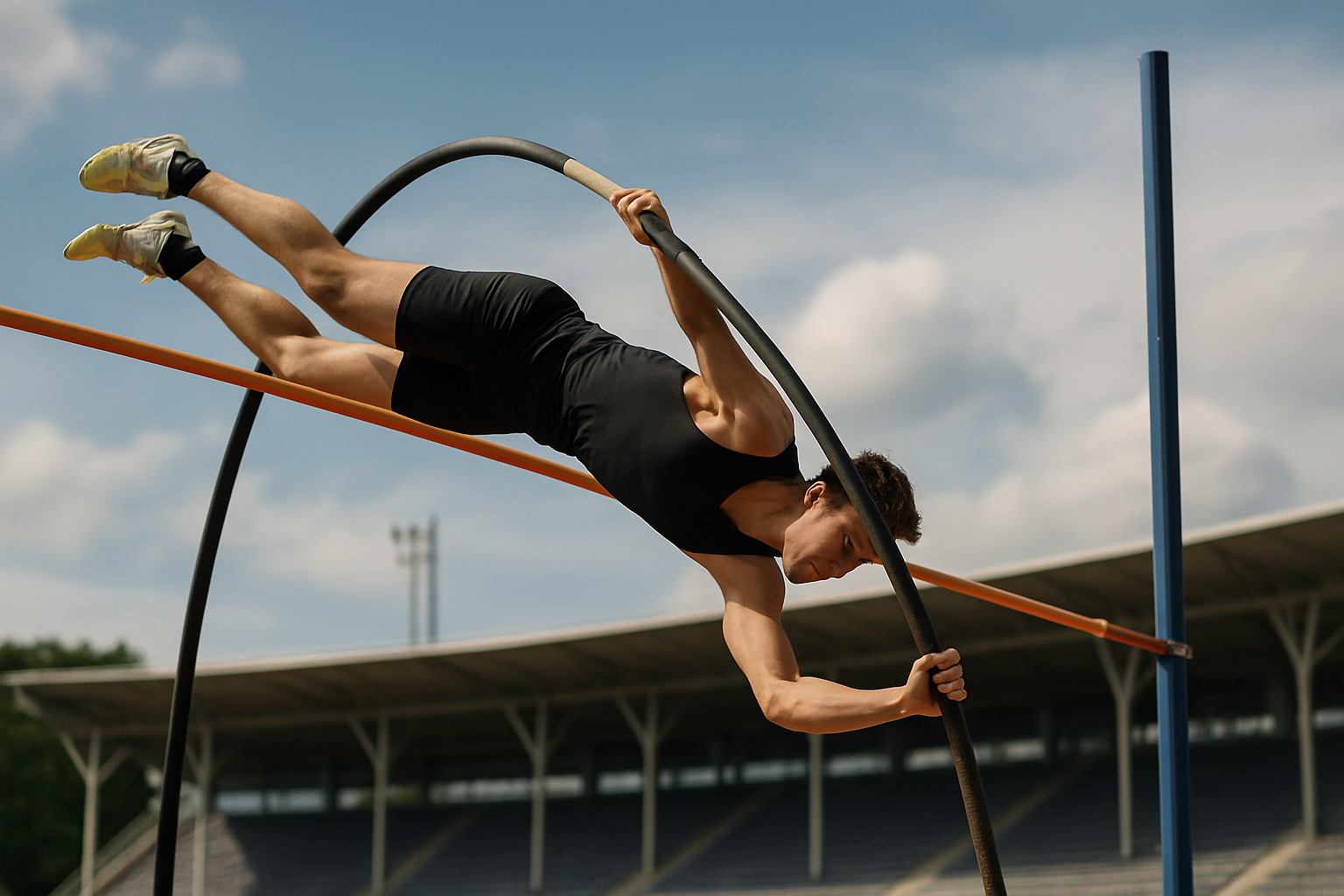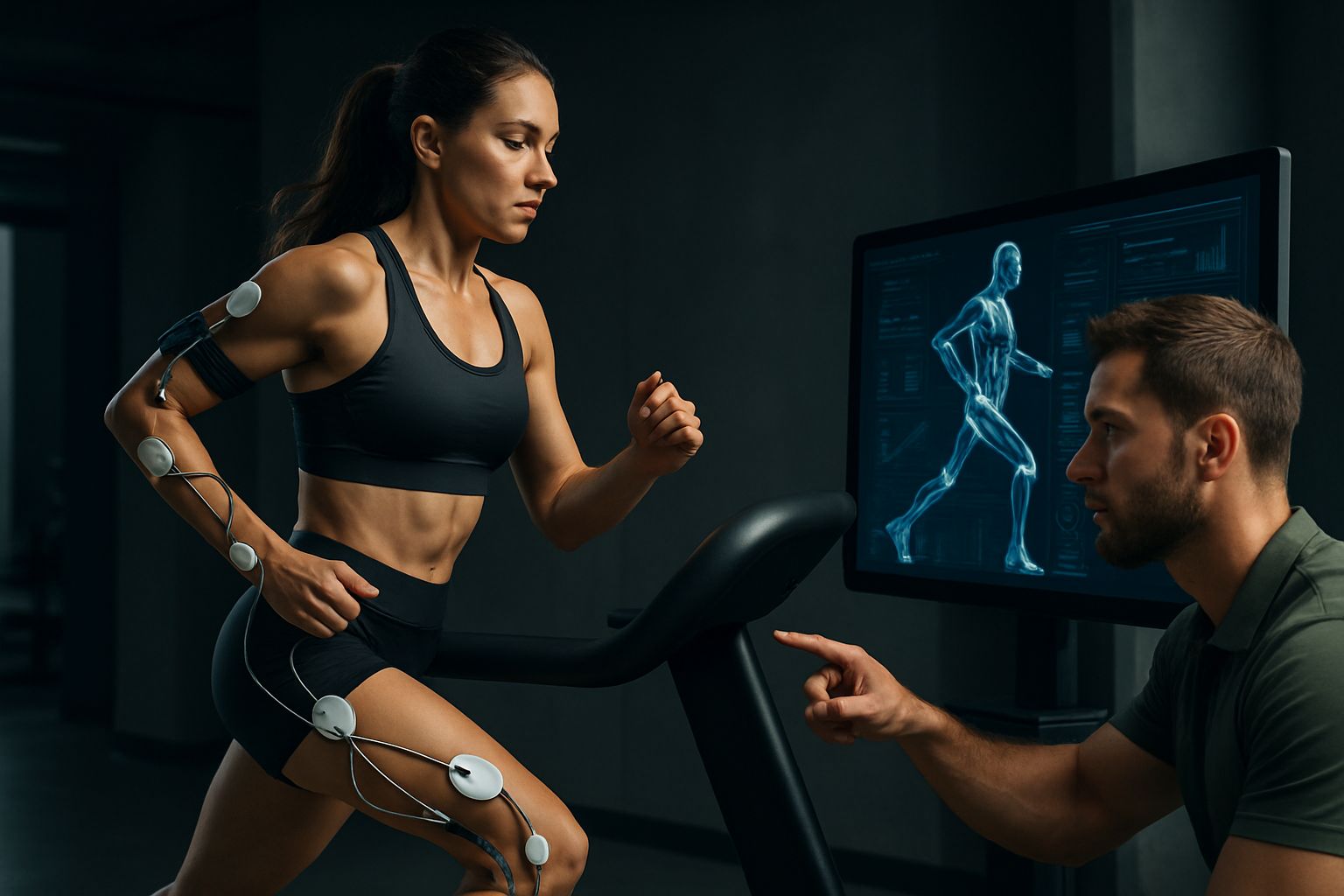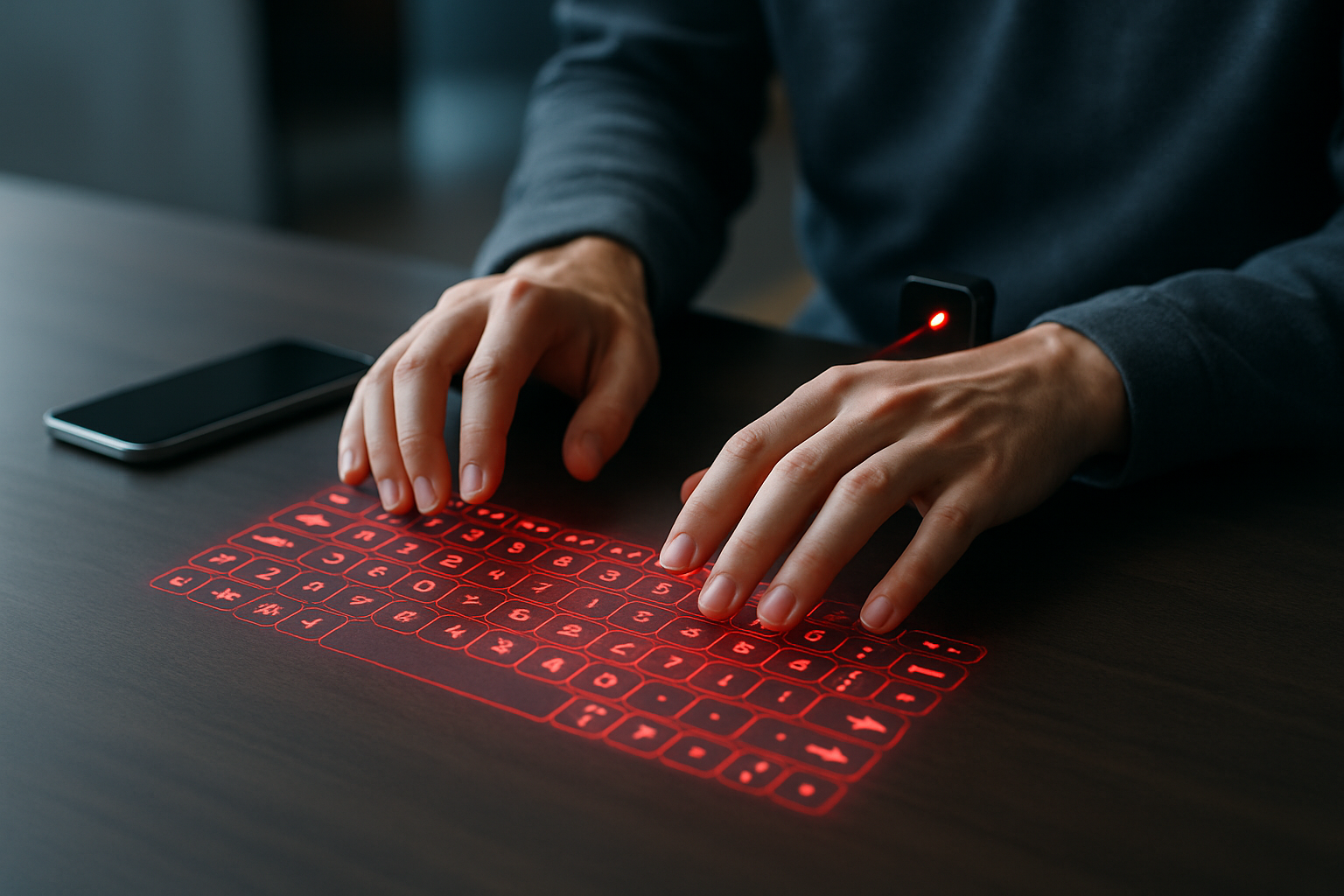Exploring the Biomechanics of Pole Vaulting: Precision in Flight
Pole vaulting, a thrilling blend of athleticism and physics, continues to captivate audiences worldwide. This article delves into the intricate biomechanics behind this high-flying sport, unraveling the scientific principles that enable athletes to defy gravity and soar to new heights. From the initial sprint to the final bar clearance, we'll explore how vaulters harness energy, manipulate forces, and push the boundaries of human performance.

The approach phase is critical, as it sets the foundation for the entire vault. Vaulters typically maintain a speed of 8-10 meters per second during their run-up, generating the momentum necessary to bend the pole effectively. The precise placement of the pole in the box and the timing of the plant are finely tuned skills that require years of practice to perfect.
As the vaulter plants the pole, they must rapidly transition from a horizontal running position to a vertical orientation. This phase involves complex rotational mechanics, with the athlete’s body acting as a lever around the planted pole. The angular momentum generated during this transition plays a vital role in the success of the vault.
Pole Dynamics and Material Science
The pole itself is a marvel of engineering, designed to store and release energy efficiently. Modern poles are typically made from fiberglass or carbon fiber composites, materials chosen for their ability to bend without breaking and spring back to their original shape. The stiffness of the pole is carefully selected based on the vaulter’s weight, speed, and technique.
When the vaulter plants the pole and begins to rise, the pole bends dramatically, storing elastic potential energy. The amount of bend is influenced by factors such as the vaulter’s approach speed, body position at takeoff, and grip height on the pole. As the pole straightens, it releases this stored energy, propelling the vaulter upward.
The flexibility of the pole allows for a smoother transfer of energy compared to a rigid implement. This elasticity also extends the time over which force is applied to the vaulter, reducing the peak forces experienced and lowering the risk of injury. Advanced pole design continues to evolve, with manufacturers experimenting with new materials and construction techniques to enhance performance and safety.
Biomechanical Analysis of the Vault
The vault itself can be broken down into several distinct phases, each requiring precise biomechanical execution. After the plant, the vaulter enters the swing-up phase, where they use their arms and shoulders to initiate an upward swing of the legs. This action helps to bend the pole further and positions the body for the next crucial phase.
As the pole begins to recoil, the vaulter enters the extension phase. Here, they must time their body extension to coincide with the pole’s unbending, maximizing the upward thrust. This requires exceptional spatial awareness and proprioception, as the vaulter is essentially flying blind during this moment.
The turn and fly-away are the final components of a successful vault. As the vaulter reaches maximum height, they must rotate their body to face the bar, push off the pole, and arch over the crossbar. This sequence involves rapid changes in body position and angular momentum, all executed in a fraction of a second while suspended in mid-air.
Training Strategies for Biomechanical Optimization
To master the complex biomechanics of pole vaulting, athletes employ a variety of specialized training techniques. Plyometric exercises are essential for developing the explosive power needed for the takeoff and swing phases. These might include box jumps, depth jumps, and medicine ball throws, all designed to enhance the stretch-shortening cycle crucial for rapid force production.
Gymnastic training is another key component, helping vaulters improve their body awareness and control in the air. Exercises on the rings and high bar can develop the upper body strength and coordination necessary for manipulating the pole and executing the turn at the top of the vault.
Simulation drills using shorter poles or lowered standards allow vaulters to practice specific phases of the vault without the full height and risk. These drills can focus on elements such as the plant, swing-up, or fly-away, allowing for targeted biomechanical refinement.
Video analysis plays a crucial role in modern pole vault training. High-speed cameras can capture the minutiae of an athlete’s technique, allowing coaches and biomechanists to analyze every aspect of the vault in slow motion. This technology enables precise feedback on body positions, timing, and energy transfer throughout the vault.
Injury Prevention and Biomechanical Efficiency
Understanding the biomechanics of pole vaulting is not only crucial for performance enhancement but also for injury prevention. The sport places significant stress on various parts of the body, particularly the shoulders, back, and lower extremities.
Proper technique is the first line of defense against injury. Vaulters must learn to distribute forces evenly throughout their body during the plant and takeoff phases to avoid overloading any single joint or muscle group. This requires a strong core and well-developed proprioception to maintain optimal body alignment throughout the vault.
Strength training targeted at the specific demands of pole vaulting is essential. This includes exercises to strengthen the grip, shoulders, and core, as well as unilateral lower body exercises to address any muscular imbalances that could lead to injury.
Flexibility and mobility work are also critical components of a vaulter’s training regimen. The extreme ranges of motion required during a vault necessitate excellent flexibility, particularly in the shoulders, hips, and spine. Dynamic stretching routines and mobility drills help prepare the body for the demands of vaulting while reducing the risk of strains and sprains.
Technological Advancements in Pole Vault Biomechanics
As our understanding of biomechanics deepens, new technologies are emerging to aid in the analysis and improvement of pole vault technique. Wearable sensors can now provide real-time data on an athlete’s speed, acceleration, and body position during a vault. This information can be instantly relayed to coaches, allowing for immediate feedback and adjustments.
3D motion capture systems are becoming more sophisticated, enabling researchers to create detailed computer models of vaulters in action. These models can be manipulated to explore how small changes in technique might affect performance, without the need for repeated physical trials.
Virtual reality (VR) and augmented reality (AR) technologies are also finding applications in pole vault training. VR simulations can allow vaulters to practice their technique in a safe, controlled environment, while AR overlays can provide visual cues to help athletes optimize their movements during actual vaults.
The Role of Aerodynamics in Pole Vaulting
While often overlooked, aerodynamics plays a significant role in pole vaulting performance. As vaulters reach heights of up to 6 meters, air resistance becomes a factor that can affect the trajectory and stability of their flight.
Body positioning during the ascent and over the bar can influence the amount of drag experienced by the vaulter. A streamlined position with arms tucked close to the body can reduce air resistance, potentially allowing for slightly greater heights. Conversely, strategic use of limb positioning can provide stability and control during the fly-away phase.
Wind conditions can also impact vaulting performance. A tailwind can assist vaulters during their approach run, potentially allowing for greater speed and energy transfer to the pole. However, crosswinds or headwinds can disrupt an athlete’s rhythm and balance, making consistency challenging.
Some elite vaulters and coaches are now working with wind tunnel testing facilities to optimize body positioning and even clothing design for minimal air resistance. While the gains may be marginal, at the highest levels of competition, every fraction of a second and centimeter of height can make the difference between victory and defeat.
Psychological Aspects of Biomechanical Execution
The psychological component of pole vaulting cannot be overlooked when discussing biomechanics. The ability to execute complex movements with precision while launching oneself several meters into the air requires exceptional mental fortitude and focus.
Visualization techniques are commonly employed by vaulters to mentally rehearse each phase of the vault. This mental practice can help reinforce proper biomechanical patterns and build confidence. Some athletes report that time seems to slow down during a vault, allowing them to make minute adjustments in real-time based on their proprioceptive feedback.
The fear factor inherent in pole vaulting can also impact biomechanical execution. Overcoming the natural hesitation to run full speed towards a stationary object (the box) and then invert one’s body high above the ground is a significant psychological challenge. Athletes must learn to manage this fear to maintain optimal technique and avoid hesitation that could compromise their performance.
Biomechanical Differences in Elite Vaulters
While the fundamental principles of pole vault biomechanics apply to all athletes, elite vaulters often display unique variations in technique that suit their individual strengths and body types. Analyzing these differences provides insights into the adaptability of human biomechanics and the importance of personalized training approaches.
Some vaulters excel with a more aggressive, speed-based approach, relying on a faster run-up to generate the energy needed for a successful vault. These athletes often have a background in sprinting and may use a slightly stiffer pole to handle the increased speed and force of their plant.
Other successful vaulters may have a gymnastics background and rely more on upper body strength and technique to manipulate the pole. These athletes might use a more flexible pole and focus on maximizing the energy return from the pole’s recoil through precise timing and body positioning.
Anthropometric factors such as height, arm length, and weight distribution can also influence an athlete’s optimal biomechanical approach. Taller vaulters may benefit from a higher grip on the pole, while shorter athletes might focus on developing exceptional hip flexibility to compensate for their stature.
The Future of Pole Vault Biomechanics
As our understanding of human biomechanics and materials science continues to advance, the future of pole vaulting promises even greater heights and more refined techniques. Researchers are exploring the potential of new composite materials that could provide better energy storage and release properties in poles, potentially allowing for higher vaults with less physical strain on the athlete.
Biomechanical modeling is becoming increasingly sophisticated, with computer simulations able to predict optimal techniques based on an individual athlete’s physical characteristics and strengths. These models may eventually lead to highly personalized training programs that maximize each vaulter’s unique biomechanical advantages.
The integration of artificial intelligence into biomechanical analysis tools could revolutionize how coaches and athletes approach technique refinement. AI systems could potentially process vast amounts of performance data to identify subtle patterns and opportunities for improvement that might be missed by human observers.
As the sport continues to evolve, the interplay between biomechanics, technology, and human potential will undoubtedly push the boundaries of what is possible in pole vaulting. The pursuit of the perfect vault, a harmonious blend of physics and athleticism, remains an enduring challenge that continues to inspire athletes, coaches, and scientists alike.
Conclusion: The Artistry of Biomechanics in Pole Vaulting
Pole vaulting stands as a testament to the remarkable capabilities of the human body when guided by scientific principles and relentless practice. The sport represents a unique fusion of physics, biomechanics, and athletic prowess, where success is measured in fractions of seconds and centimeters.
As we have explored, every aspect of a vault, from the initial sprint to the final bar clearance, is governed by complex biomechanical processes. The ability of vaulters to internalize these principles and execute them with precision under pressure is nothing short of extraordinary.
The ongoing research and technological advancements in pole vault biomechanics not only push the boundaries of the sport but also contribute to our broader understanding of human movement and performance. The lessons learned from studying elite vaulters have applications that extend far beyond the track, influencing fields such as sports medicine, injury prevention, and even space exploration.
As we look to the future, the artistry of pole vaulting will continue to evolve, with athletes finding new ways to harness the laws of physics and push the limits of human potential. The pursuit of the perfect vault remains an inspiring quest, embodying the spirit of innovation and the relentless human drive to soar ever higher.





